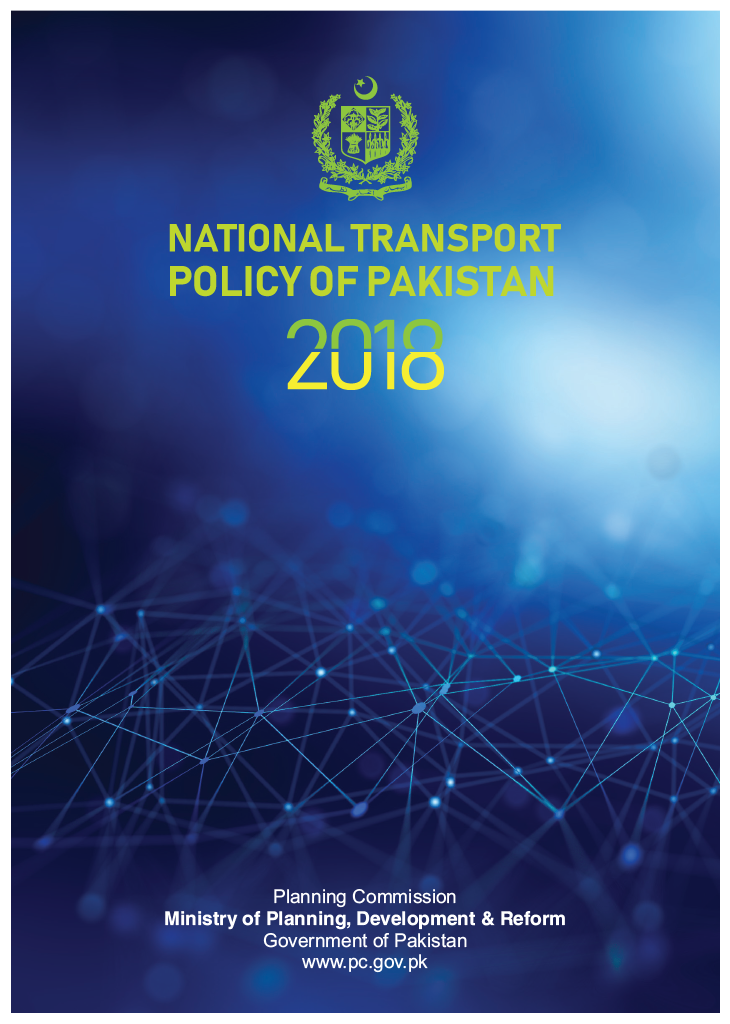The National Transport Policy of Pakistan 2018 discusses the state of the country’s transport sector and emphasizes its critical role in socioeconomic development.
The Government of Pakistan has invested in transport through programs like CPEC and CAREC but recognizes the need for a cohesive policy framework. The policy aims to modernize the sector, outlining a vision, objectives, and implementation strategies.
Pakistan’s population is rapidly urbanizing, with a projected 50% urbanization by 2050. While economic growth is steady, job creation and investment remain challenges. Transport contributes significantly to GDP but needs further growth for job opportunities.
Transport flows are categorized into international, inter-urban, urban, and rural. Road and rail dominate inter-urban transport, while rural areas lack connectivity, hindering economic growth.
Challenges include unbalanced development, divided responsibilities, outdated legislation, underinvestment in railways, slow aviation growth, port connectivity issues, and environmental concerns. Women face mobility barriers, limiting access to services and opportunities.
In summary, Pakistan’s transport sector faces numerous challenges, but government initiatives and the National Transport Policy aim to address them, recognizing the sector’s vital role in the nation’s development.
The Policy was retrieved from the Planning Commission, Ministry of Planning, Development and Special Initiatives (MoPDSI) and approved in June 2018.
Recent Updates:
On 19 June 2018, it was reported that rural roads will remain vital for providing access to local communities and public services, while urban roads will be designed to support efficient and effective urban transport.
On 2 June 2018, it was reported that the Pakistan National Transport Policy 2018 will promote electric and other low-carbon transport to reduce greenhouse gas emissions, phasing out of the internal combustion engine.
Help SAR-Climate keep this document page accurate and updated by suggesting an edit or any corrections here.

